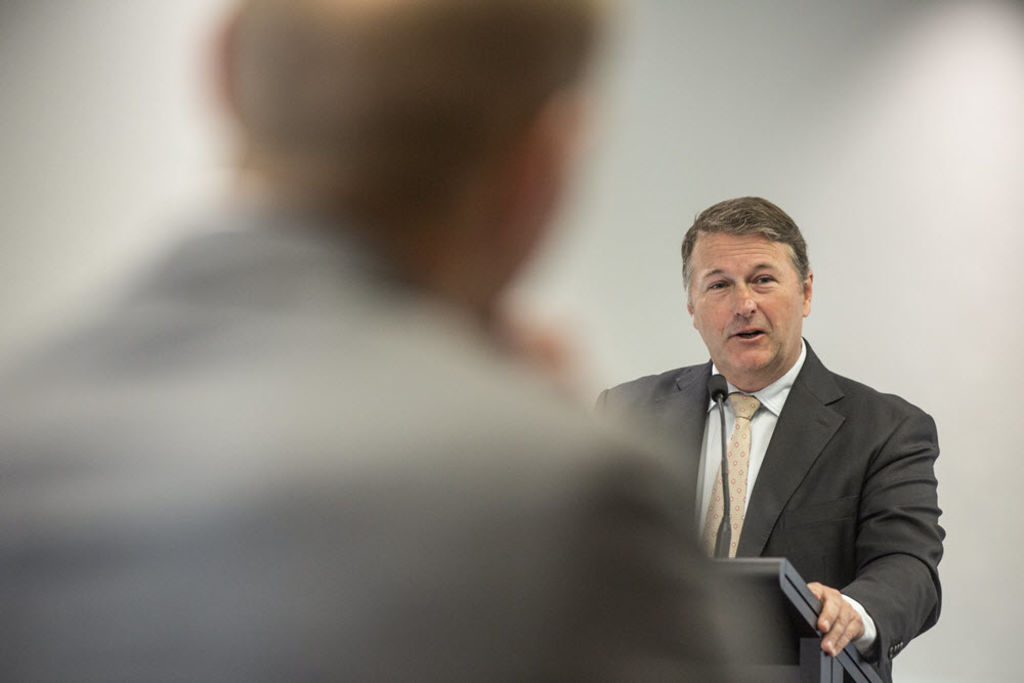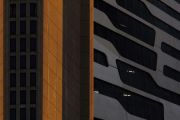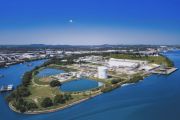
Property funds powerhouse Charter Hall upgrades outlook
Funds manager and landlord Charter hall has upgraded its earnings guidance for 2017 after booking a bumper interim profit as its property platform swells to $19 billion.
Led by managing director David Harrison, the property group has lifted its forecast for growth in operated earnings per security from 7 per cent to 12 per cent for the full year.
For the 2017 first half it booked after-tax operating earnings of $80.8 million, up 32 per cent on the previous preceding period.
Statutory profit rose 20.8 per cent to $173.3 million, driven by the underlying earnings along with portfolio revaluations and gains on financial derivatives.
Charter Hall’s funds under management increased by $1.5 billion, or 8.6 per cent, to $19 billion in the first half.
That growth was driven by $800 million in revaluations, $400 million in net acquisitions and $300 million in development.
“This result reflects the group’s strategy of focussing on accessing, deploying, managing and investing capital,” Mr Harrison said.
In total, the platform collected $1.3 billion in gross equity inflows from its diverse sources.
That capital was then directed across the platform into acquisitions and development opportunities.
The effort resulted in practical completion and the leasing up of Charter Hall’s project at 333 George Street in Sydney and its 1PSQ development in Parramatta.
Operating earnings per share grew by 30.7 per cent to 19.6 cents in the interim period.
Among other highlights for the fund manager, which co-invests in its portfolio, Charter Hall spun-out and floated a group of properties into the Long WALE REIT, which reported its inaugural result this week.
Charter Hall has given full year 2017 guidance for operating earnings per security of 24 per cent growth pre-tax and 12 per cent growth after-tax.
The property group expects its distribution payout ratio to be at the bottom end of its range of 85 per cent to 95 per cent of operating earnings.










